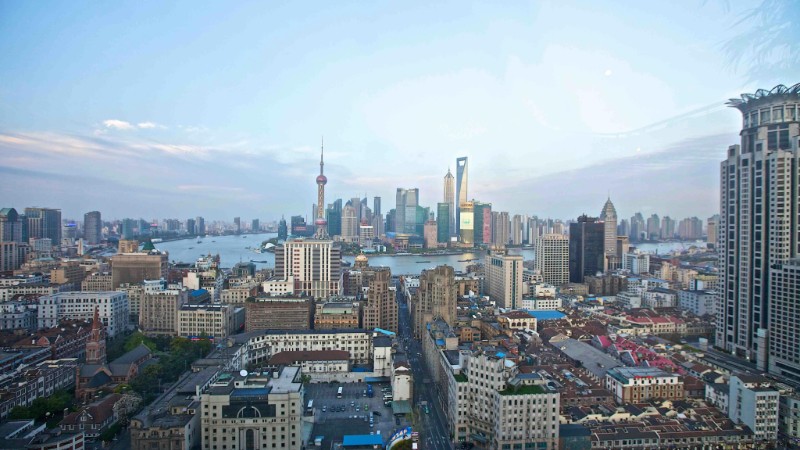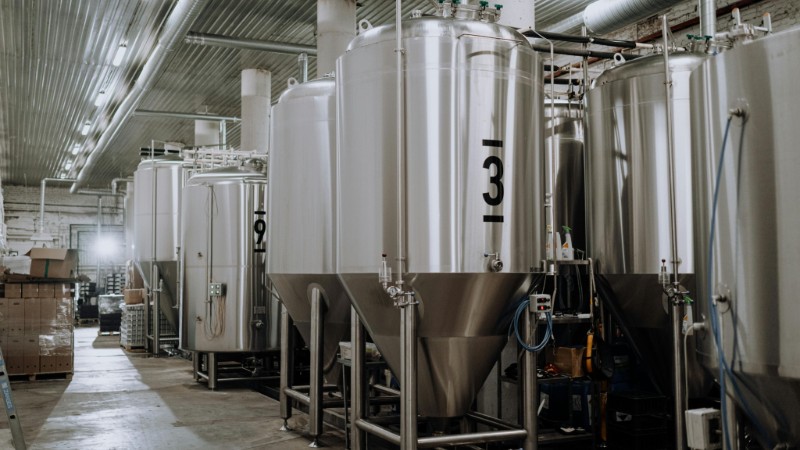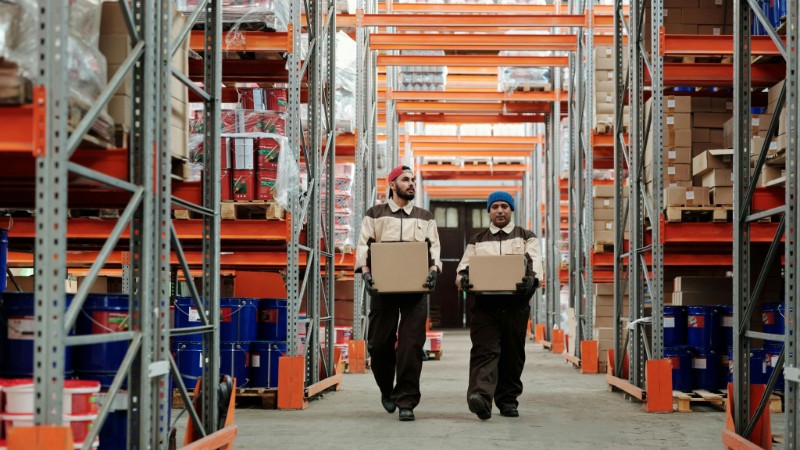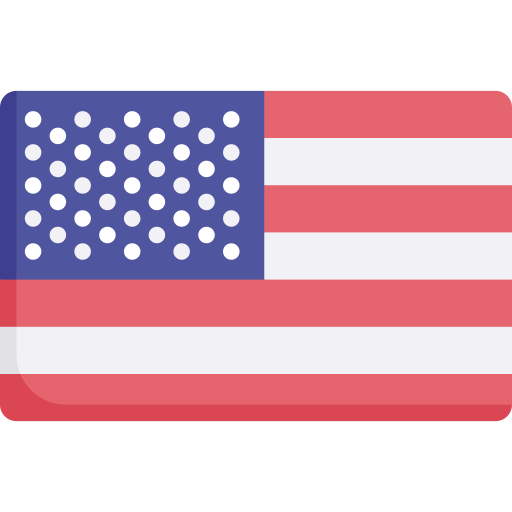When it comes to scaling a business, sourcing products from China has become a staple for entrepreneurs and established companies alike. With the world's largest manufacturing ecosystem, China offers an array of products at competitive prices. Whether you are a small business that needs unique products or a larger enterprise seeking to buy in bulk, China can be a significant source to enhance your supply chain.
In 2025, sourcing from China will continue to evolve with new technologies, trade shifts, and emerging platforms. But with this abundance of opportunity comes the challenge of navigating the complex process of finding reliable suppliers, negotiating costs, and ensuring quality.
So, this ultimate guide will walk you through every step of product sourcing from China 2025, ensuring that you can optimize your sourcing strategy and thrive in the global marketplace.
Why Source Products from China?
China is known as the "world’s factory" because of its vast manufacturing capabilities. With over two decades of manufacturing experience and advanced technology infrastructure, China remains a leading destination for product sourcing.
1. Low-cost manufacturing.
China's cost of production is relatively low due to its abundant workforce and economies of scale. This allows businesses to acquire products at competitive prices.
2. Vast product variety.
China produces a wide range of products across various industries, from electronics and textiles to toys and household goods. The sheer variety of products allows businesses to find exactly what they need, regardless of the niche they are in.
3. High level of quality control.
Despite the lower costs, many Chinese manufacturers produce goods that meet international quality standards. This makes China not only an affordable option but also a reliable one.
Finally, sourcing products from China offers scalability, making it ideal for both small businesses and large enterprises. Then let’s follow the easy steps below to get started.

Step 1: Finding Suppliers in China
The first and most important step is finding reliable suppliers in China for your product sourcing. There are several ways to locate the right product suppliers:
Source from Online Marketplaces
One of the most common ways to find Chinese suppliers is to search on Alibaba, Global Sources, and Made-in-China. These platforms connect buyers with verified suppliers and offer an easy-to-use interface for browsing products.
For example, Alibaba is one of the largest and most trusted platforms for product sourcing strategies. It offers a wide selection of products and allows you to filter suppliers based on various factors, such as verified status, minimum order quantities, and pricing.
Global Sources, on the other hand, focuses on electronics, gifts, and home products. This platform offers access to reliable suppliers with more stringent vetting processes than Alibaba.
Made-in-China is similar to Alibaba and provides a range of manufacturers and suppliers from China. Made-in-China also offers supplier verification to help you find trusted manufacturers.
Hiring a China Sourcing Agent
For those new to sourcing products from China, working with a China sourcing agent can simplify the process. These agents are local experts who can help you find reputable suppliers, negotiate better prices, and manage logistics. A good sourcing agent can be invaluable, especially if you're looking to buy in bulk from multiple suppliers or navigate the language barriers when sourcing from China’s local wholesale markets.
Working with a China sourcing agent can also help you save time by managing the entire process for you. They can oversee everything from selecting the right manufacturer to ensuring the product meets your quality standards.
Step 2: Product Sourcing Strategies
Once you've found suppliers, the next step is to establish a solid product-sourcing strategy. This involves researching the product you wish to source, assessing suppliers, and determining your budget and timelines.
Product Research
Before finalizing a supplier, conduct thorough research to ensure that the product meets your standards. This includes reviewing the product’s quality, certifications, and market demand. Websites like Alibaba and Made-in-China provide detailed product descriptions, but it’s crucial to verify the information through direct communication with the supplier.
Additionally, consider the impact of low-cost product sourcing options. The price should align with your business goals, but quality should not be compromised. Always request product samples before committing to a large order.
Supplier Negotiation
When sourcing products from China, negotiating is a critical part of the process. While prices are generally lower than those in other countries, it’s still important to negotiate for better pricing and favorable payment terms. Be prepared to discuss MOQs (Minimum Order Quantities), as suppliers often have a set MOQ. These are negotiable, especially for long-term relationships.
Requesting discounts for larger orders can also benefit your business. Ensure transparent communication with your suppliers about product specifications, packaging, and delivery timelines to avoid misunderstandings later on.
Evaluating Suppliers
After narrowing down your supplier options, evaluate them based on the following factors:
-
Production capacity: Can they meet your order size and production timelines?
-
Quality control processes: How do they ensure product quality? Do they offer inspection services?
-
Customer reviews and feedback: Look for reviews from other buyers to gauge the supplier's reliability.
-
Payment terms and security: Ensure that the payment terms are secure and protect your investment.

Step 3: Buy Products in Bulk
For businesses looking to scale quickly, sourcing products from China in bulk is a common strategy. It’s crucial to ensure that the supplier can handle large orders without compromising on quality.
One advantage of buying in bulk is that it allows you to benefit from economies of scale, which can significantly lower the cost per unit. However, it's important to consider several factors. For instance, bulk orders often take longer to produce, so it’s essential to plan your sourcing timeline accordingly. Shipping logistics is also a consideration when sourcing in bulk. Shipping costs can be substantial, so it’s wise to work with your supplier to select the most cost-effective shipping method.
Step 4: Product Manufacturing in China
If you have specific product requirements, such as custom designs, you may need product manufacturing in China. This allows you to produce tailored products that fit your brand's needs and meet the unique demands of your customers.
Product manufacturing involves a different set of considerations. Not all suppliers are capable of custom manufacturing, so it’s essential to find a factory that can handle custom orders. Work with your China sourcing agent to locate the right manufacturer. Once the factory is selected, create a prototype to ensure the product meets your specifications. Implement regular inspections throughout the manufacturing process to maintain high-quality standards.
Step 5: Import Goods from China
After finalizing your order, the next step is to import goods from China. This involves coordinating shipping logistics, managing customs clearance, and ensuring timely delivery.
Shipping Options
When importing from China, you will have several shipping options, including air freight, sea freight, and express shipping. Air freight is faster but more expensive, making it suitable for smaller, high-value products. Sea freight is the most cost-effective option for larger bulk shipments, but it comes with longer delivery times. Express shipping is often used for urgent deliveries, though it can be expensive.
Customs Clearance
Customs clearance is a critical part when shipping from China. Every country has its own customs regulations, and failure to comply with these can lead to delays and additional costs. Working with a reliable China sourcing agent can help handle everything to ensure that your shipment passes through customs smoothly and without any complications.
Step 6: Managing Supply Chain and Risk
Once your goods have cleared customs, the next task is managing your supply chain and reducing risk. Effective supply chain management can significantly impact the success of product sourcing. It’s essential to work closely with your supplier to track shipments, ensure that products are delivered on time, and monitor any delays that may affect your business.
Additionally, when sourcing from China, it's important to have contingency plans in place to manage unexpected risks such as supply chain disruptions, quality issues, or political factors that may impact your imports.

Conclusion
China offers incredible opportunities for businesses looking to expand product offerings and scale operations. EJET Procurement can be your trusted sourcing partner for finding reliable suppliers, negotiating favorable terms, and managing the logistics of importing goods. Contact our expert team if you need assistance in sourcing products from China and building a profitable supply chain.
Illustration source: Pexels




_1752110003708.jpg)









